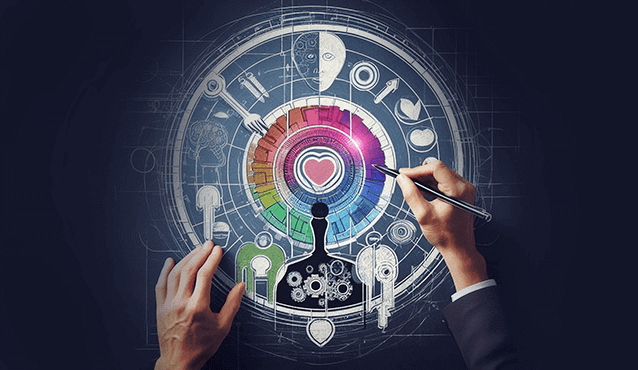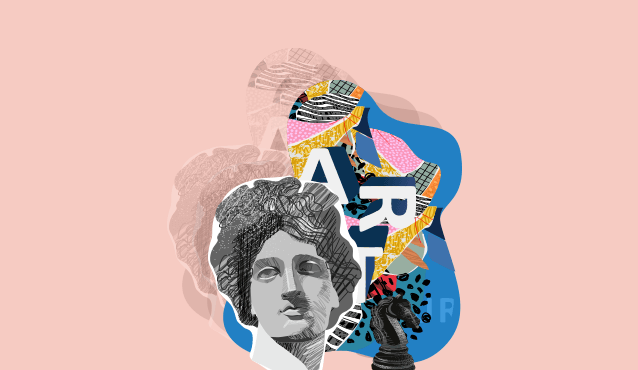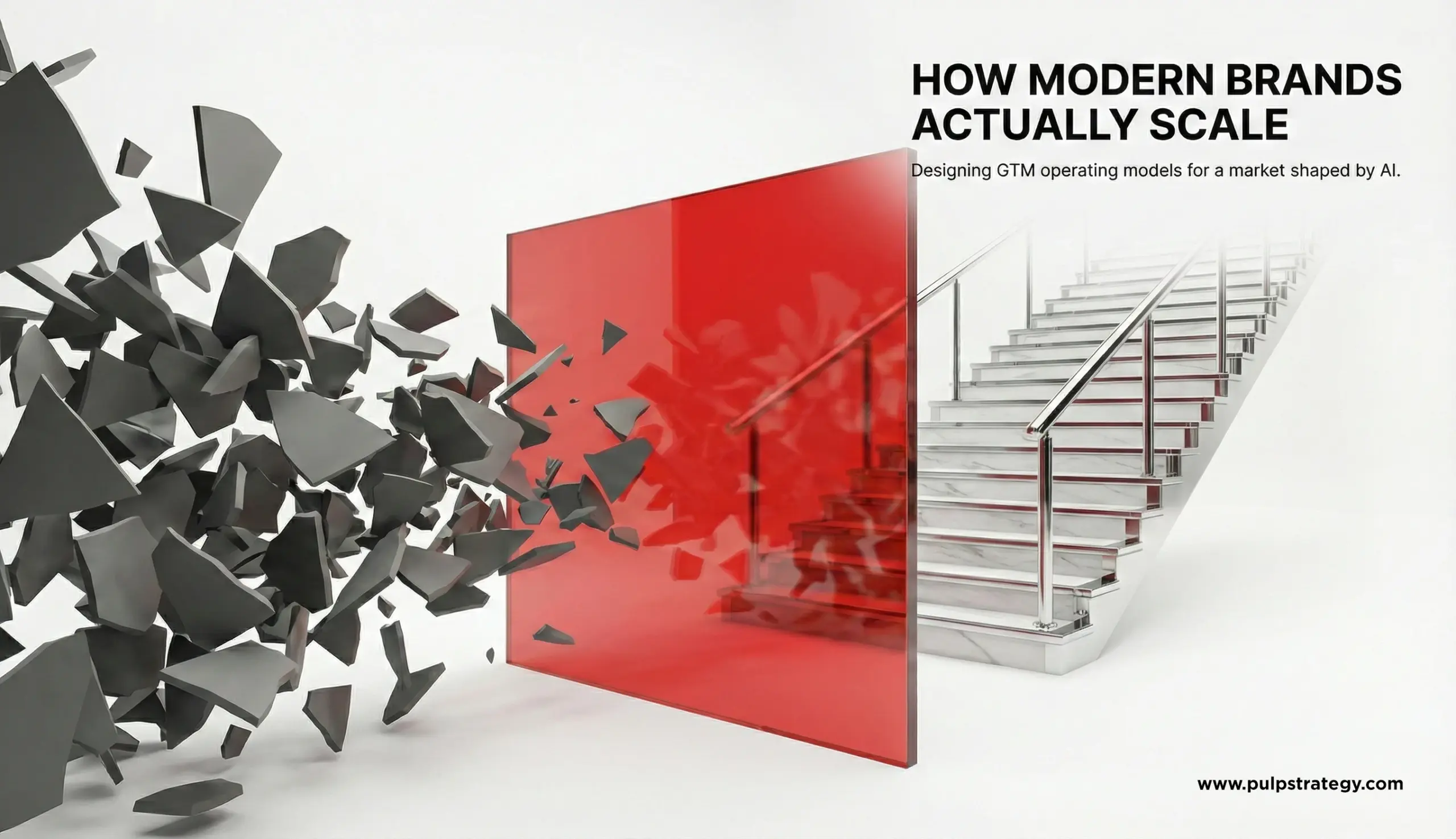Can technology and products serve as vehicles for personal identity and expression? Can emotional engagement be prioritized to deliver experiences that resonate with users on a personal level? Can long-term relationships be established to build brand loyalty and trust?
Introduction
Before delving deep, it is important to first understand human-centric design (HCD) and the associated phases. HCD is indeed a flexible and iterative approach to design that emphasizes understanding and addressing the needs of users. However, it can be broken down into different phases and integrated to conceptualize the design.
Let’s identify the different phases of HCD.
Empathize
In this phase, designers aim to deeply understand the end users by conducting research, interviews, observations, and other methods to gather insights into their needs, behaviors, and pain points. The goal is to develop empathy for the users' experiences and uncover the underlying problems and challenges they face.
Define
This phase involves synthesizing the information gathered during the empathize phase to define a clear and specific problem statement or design challenge. It's important to frame the problem in a way that focuses on the user's perspective and needs, rather than making assumptions.
Ideate
Ideation is about generating a wide range of creative and innovative ideas to address a defined problem. Brainstorming sessions and other creative techniques are often used. During this phase, designers encourage free thinking and avoid judgement to foster a broad spectrum of ideas, including unconventional ones.
Prototype
Prototyping involves creating tangible representations of the potential solutions generated in the ideation phase. These can be low-fidelity sketches, wireframes, or high-fidelity interactive models. Prototypes are used for testing and gathering feedback from users. The goal is to quickly and cost-effectively validate ideas and refine them based on user input.
Is the HCD process linear?
The HCD process is not strictly linear, and it often involves iteration. Designers may need to revisit earlier phases based on insights gained from later phases or from user testing. For example, testing a prototype might reveal that the defined problem needs adjustment or that new user needs have emerged, leading to a return to the empathize and define phases. This iterative and user-centric approach helps ensure that the final design meets users' needs effectively and efficiently, leading to better products and solutions.
The approach further recognizes the fact that consumers are not just users of products or services but complex individuals with emotions, values, and psychological motivations. By understanding and catering to these aspects of human nature, brands can forge deeper, more meaningful connections with their audience, ultimately leading to increased brand loyalty.
Key aspects of human-centric design
Digital marketing has also observed a shift from user-centric to human-centric design. Brands are investing in research and insights into consumer psychology to understand the emotions, needs, and motivations that drive purchase decisions.
Brands are moving away from transactional relationships with customers towards building poignant connections. Storytelling is a powerful tool in this regard, as it allows brands to convey their values, mission, and purpose in a relatable and resonant manner.
Brands are leveraging data and technology to offer personalized experiences that cater to individual preferences and behaviors. Moreover, the human-centric approach involves aligning brand values with social and ethical responsibilities. The latest brands are taking a stance on major societal issues, thereby contributing positively to the associated communities. Eventually, they are able to enhance the user experience and foster long-term loyalty.
Conclusion
Transitioning from user-centered to human-centered design in digital marketing is not just a change in terminology; it represents a shift in mindset. It acknowledges that consumers are more than just users, and their requirements extend beyond functional utility.
Brands that prioritize this deeper understanding of their audience and incorporate emotional intelligence, personalization, storytelling, and ethical considerations into their strategies can create meaningful and enduring connections, even in a competitive digital landscape. Pulp Strategy helps businesses make this transition and empowers them to implement human-centered design principles in their digital marketing efforts, with the ultimate goal of fostering brand loyalty.









